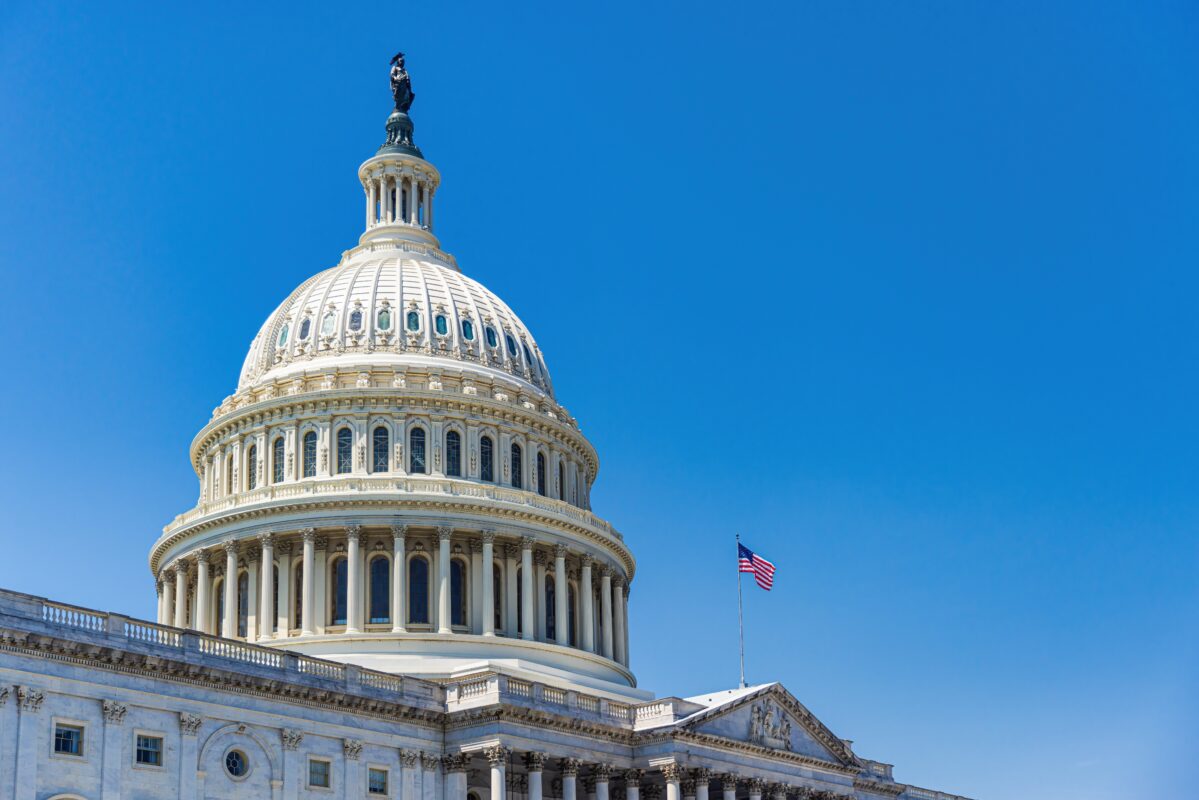The majority of people are familiar with earthquakes, but there is another phenomenon that is not nearly as predictable, and louder—skyquakes. Skyquakes are enigmatic sounds, typically described as a very loud boom or trumpet-sounding noise that has no apparent cause and seems to come from the sky. Their sound is like distant, but very loud, thunder with no clouds in the sky, large enough to generate lightning. It can be so loud it causes vibrations in buildings and houses. They also have been reported to cause shock waves that can rattle plates! The sound of a skyquake is likened to the sound of cannon fire or a sonic boom.
Scientists believe skyquakes have a variety of causes, including meteors, coronal mass ejections, escaping gas, and collapsing landmasses. Skyquakes also may be explained as sounds generated by distant storms or earthquakes (this theory has preliminary data de-bunking it), quarry blasts or even secret military exercises; yet, no satisfactory theory exists to explain all the reported noises. Sonic booms from aircrafts may cause some skyquakes, but this explanation is not enough to account for the many reports recorded before the invention of supersonic flight.
Seismologists from the University of North Carolina recently published some theories in their effort to determine what causes skyquakes (Bresson, 2020). They conclude that skyquakes are NOT from seismic activity, which makes them even more mysterious. The team produces some ideas for the atmospheric phenomena, including meteors exploding above cloud cover or the sound of a large wave crashing being amplified by the sea.
Skyquakes are counted among the top five air and atmospheric events that take place on our planet, but the causes remain unknown (Roy, 2022). YouTube has a large collection of videos for skyquakes, but unfortunately, most of them are not real. The phenomenon, however, is quite real, and people have reported hearing the sonic boom sound effect in different locations all over the world.
Skyquakes have been reported in at least 12 different countries around the globe. Each country has a different name for them, with most of their terminology referring to booms, guns, water, sounds from clouds, or rumbling of the ocean.
The most recently reported skyquake was approximately four months ago in Denver, Colorado, USA. While no one has been able to record the decibel level of a skyquake, all reports indicate it is very low frequency. It would have to be very low frequency and of great intensity (>100 dBA) to rattle buildings. Wear your hearing protection if you ever encounter a skyquake and record it for posterity!
References
Bressan D. (2020) Seismologists investigate unexplained skyquakes. Forbes. (accessed October 26)
Roy P. (2022) Skyquakes explained – are sonic booms in the sky earthquakes? Vedantu. (accessed October 26)
Hudson Tunnel Project. (2017) Chapter 12: Noise and vibration. (accessed October 26)
Recent Posts
Congress Introduces Legislation to Protect Audiology Students’ Access to Federal Loans
New bipartisan legislation (H.R. 6718) introduced in the U.S. House of Representatives would restore audiology to the federal definition of a professional degree under the…
Academy Presents Inaugural AAA National Health Leadership Award to Representative Bilirakis
Today, Patrick Gallagher, Executive Director of the American Academy of Audiology, presented the inaugural AAA National Hearing Health Leadership Award to Representative Gus Bilirakis (R-FL)…
2026 Academy Honors and Awards Recipients
Every year, the Academy asks colleagues, friends, and mentees to look around their professional circles and identify members who are deserving of recognition for outstanding…


